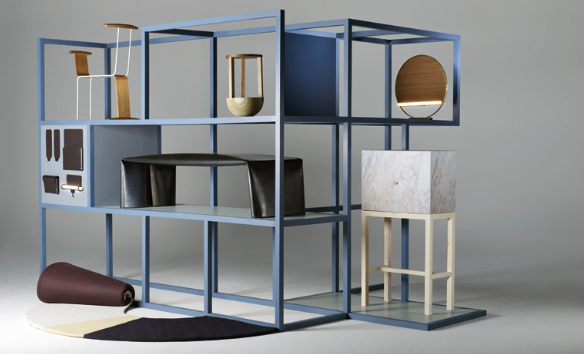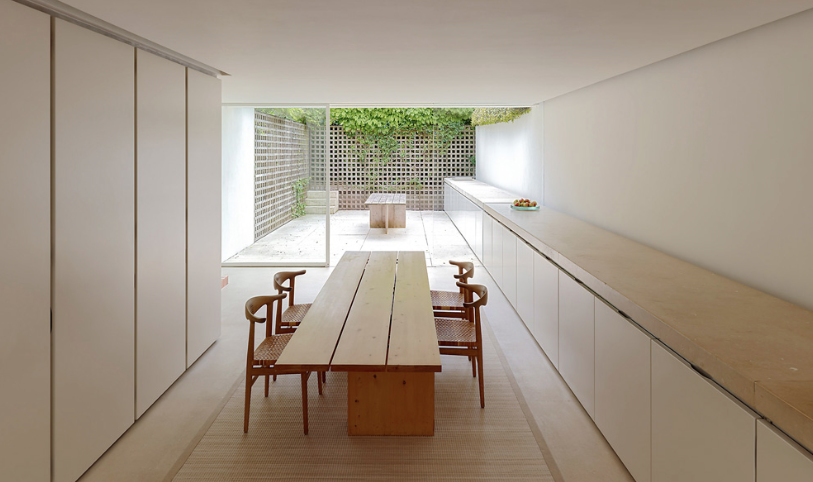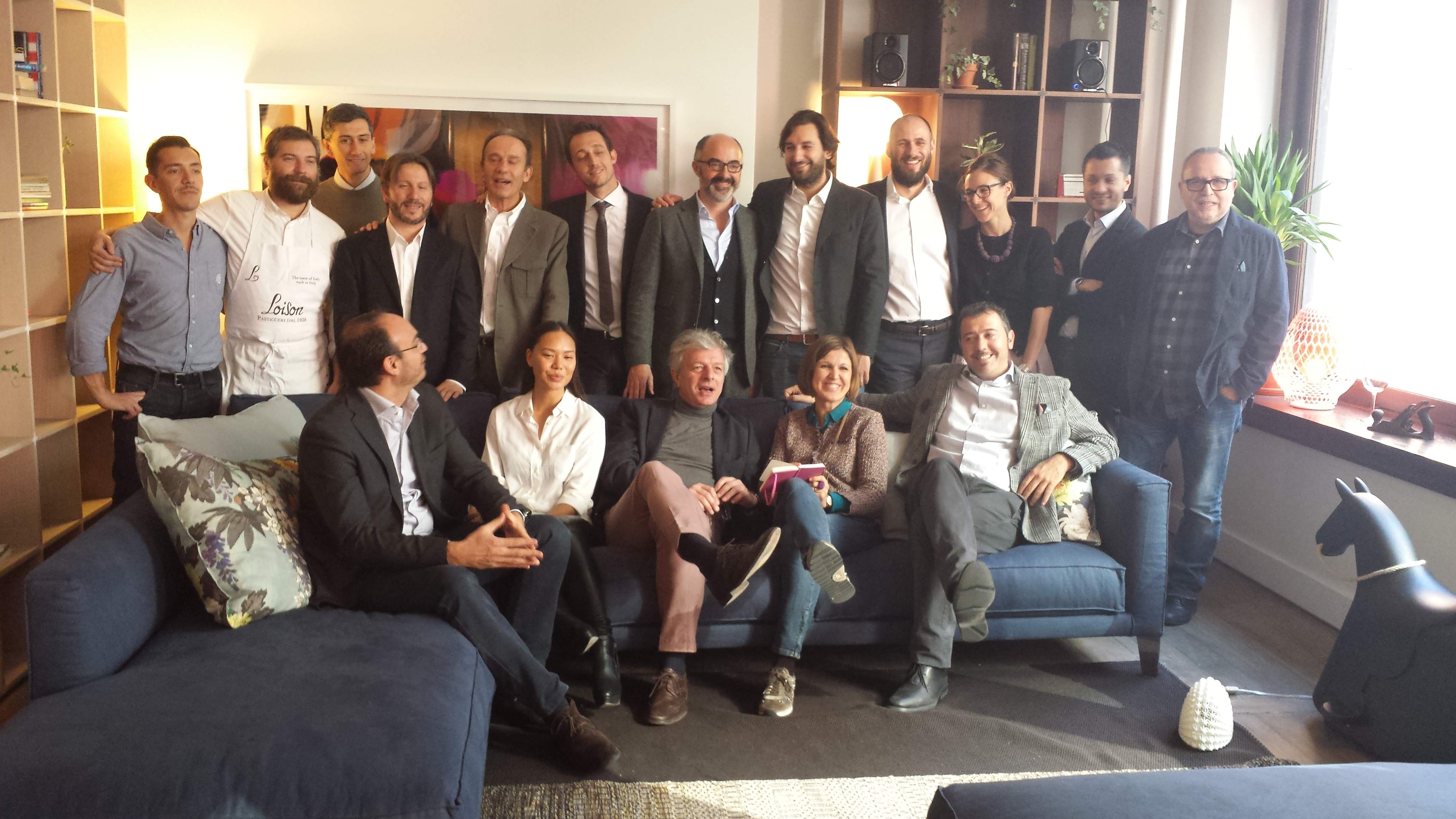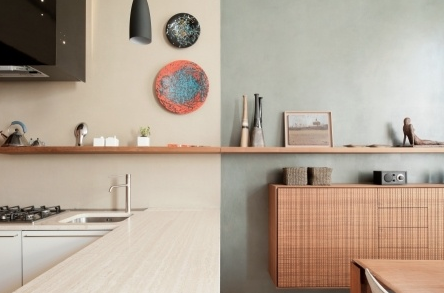Both industrial design and interior architecture are undertaken to furnish a space. But they do it in different ways. Let’s have some examples.

In the first case, the client who is going to furnish his house using industrial design products can do it by himself. Sometimes he could need the help of an interior decorator. They will choose together a certain brand, they will leaf through the pages of beautiful catalogs and make their own selection of a certain number of pieces of furniture. They will fill each room of the house with industrial products they need and sometimes they will overfill it with a lots of beautiful stuff they don’t need at all. Everything will be in fashion in the new house, but not for a long time. They will pay a certain amount of money, but they will never know the real cost of production of each piece of furniture. It doesn’t matter if the furniture is from Ikea or one of the best Italian brands, the way is really the same. The production, distribution and marketing processes are similar.
This client is choosing a product “design by” someone. Sometimes the designer is a big name or sometimes the brand name is more famous. Often both of them are very popular. And they are the main reason for the customer’s choice. The customer feels confident buying something well-known worldwide. Especially a customer who is looking to keep up with the Jones’s. In new markets this kind of situation is very common and that’s why fashion or design brands have great success.
In the second case, the client is looking for something completely different from the brands. Often he is not brand orientated. For example, he could be searching for eco sustainable production, fair trade or just “Made in Italy”. He can also be interested in crystal clear distribution and he is very careful about the real value he brings home. He doesn’t want merely to fill his house, but, first and foremost, he has a specific plan for it. He wants a site-specific project for his house; something “designed for” him and no one else.

Of course he is not able to do it by himself. “It takes a hatter to make a hat”, they say. Especially a first class hat. A bespoke suit made in Savile Row could be the best way to express his own personality. A bespoke interior might be the best investment for a comfortable daily life as well. The hatter or the tailor in this case should be an architect, but not an ordinary architect. The client needs to build a good relationship with an architect. A close affinity is necessary. He will express his needs and also sometimes his dreams for his home. He wants an architect able to translate furniture and interiors in architectural form. Something “designed for” him is more than a comfortable, bespoke suit worn once or twice a year!
In the end, the two clients have similar results and spend almost the same amount of money. There is no significant difference between a house totally decorated with top-brand furniture and another house furnished with custom-designed furniture. The key point is not a question of money. The average person spends or invests what is affordable.
Actually, it is only a question of taste and education. People are ready to spend only on what they really care about. If they are interested in a sense of modern beauty they will feel in fashion when buying what design brands are offering. But, if they are looking for their own specific expression of beauty, personality and well being, they will ask for an interior that is not just the fashion, but custom designed for them.
As architects we feel our mission is designing and making timeless interiors
in an end-to-end process. We can guarantee top-quality materials and pleasing contemporary design. At the same time- we can keep a watchful eye on the client’s budget and schedule.
We believe architectural interiors should be done in this way. Everything is bespoke at ermesponti. This is our core-business; give us a try!
 Finally, last friday, we opened!
Finally, last friday, we opened!



